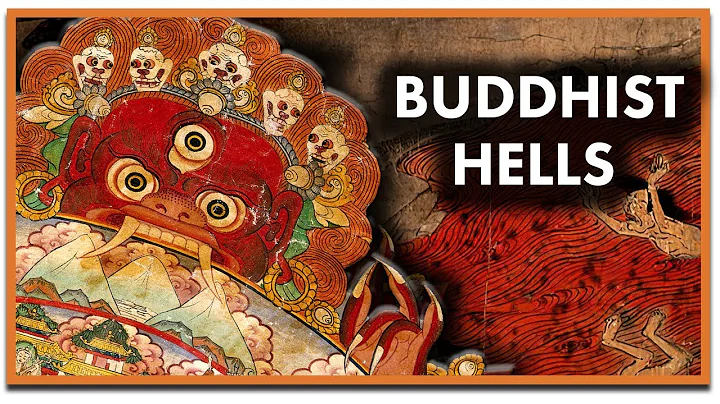
Pymna is printed on the pattern. The text and patterns above. Ask my friends in the Tibetan district to have the meaning of colorful prayer flags. What are the text and patterns above?
friends said: Colorful prayer flags are also called Longda , Wind Horse Banner . Generally, they are hung in Shenshan, Shenghu, , traffic roads, etc. "Longda" is a transliteration of Tibetan library. "Long" is a wind, "Da" is a steed; so prayer flacium is also called "Fengma Banner". The word prayer flag is completely the expression of Chinese visualization. Fengma symbolizes the fortune of people, and Fengma Gaoyang brings auspiciousness and happiness.
"Ronda" is a square or triangular flag made of cotton, hemp , silk and other materials. The colors are blue, white, red, green, and yellow, which symbolize the sky, clouds, flames, rivers and earth. Hanging prayer flags does not originate from Tibetan Buddhism, but the earliest folk beliefs of Tibetan compatriots, which is developed by the ancestors' worshiping the mountain gods. Before Buddhism enters Tibet, it has become an important custom of the Tibetan nation.
Wind Horse flag is printed with the scriptures and patterns on it. Friends say: The scriptures are generally a certain sentence, similar to the famous saying), the six -character mantra, and the spell. At the same time, Tibetan Buddhism has given the five colors of Ronda with the meaning of "five -square Buddha" and five wisdoms or "five major (land, wind, water, fire, empty)". There are even some scholars that the five colors also represent "gold, wood, water, fire, and earth", which is Five Elements Doctrine . In terms of form, the Gongdexing of "Ronda" rotates the meridian faster, because every time the wind blows "Ronda", the above scriptures are read again.
is also a communication and integration of Han and Tibetan culture. Friends said that the patterns on the prayer flags are more particular about the five beasts. What is the five beasts?中央是背驮三宝的行道宝马;其四周,上右是狮子,上左是青龙,下右是金翅鸟或朱雀,下左是白虎,这四兽的布局, It is the change of the in period in . The horse in the center of Fengma is yellow and belongs to the soil. It forms the five elements with the elements contained in the four elephants. Therefore, Tibetan Wind Horse and Taoist Five Elements doctrine is essentially a complete .











![[English] Who Am I - Lecture 1 - Ven. Guan Cheng - DayDayNews](https://i.ytimg.com/vi/KU0fUs2It5o/hq720.jpg?sqp=-oaymwEcCNAFEJQDSFXyq4qpAw4IARUAAIhCGAFwAcABBg==&rs=AOn4CLDFpQUN_QwRfC7bmP4sUadq-RcYdg)
![A Moving Masterpiece 清明上河图 [English narration] - DayDayNews](https://i.ytimg.com/vi/kxff-4GktOI/hqdefault.jpg?sqp=-oaymwEcCOADEI4CSFXyq4qpAw4IARUAAIhCGAFwAcABBg==&rs=AOn4CLBtHGLeUpJNCYDJYnZTuISQ1N5Vag)


